The words “full moon” in many languages

It is said that there are more than 6,000 languages worldwide (this is hard to imagine) and it is a fascinating concept to think, there are probably as many words for “full moon”.
Here we begin our little journey to the full moon. A few words about the fascinating quest of the greater purpose, that includes the full moon circulating through our lives. In layman’s terms and not always scientific (astronomy experts – don’t look too closely!). We would like to wish you illuminating moments. Enjoy!


It is said that there are more than 6,000 languages worldwide (this is hard to imagine) and it is a fascinating concept to think, there are probably as many words for “full moon”.
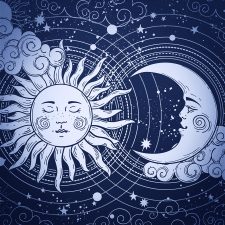
A full moon is when the Sun and the Moon are facing opposite, being in opposite direction from an Earth perspective.
This might feel astonishing if one imagines that the Moon is on one side, the Sun on the other and the Earth in between? Shouldn’t the Earth throw a shadow onto the Moon? Bingo – this is exactly what she does! But only when the Moon is exactly on the Earth orbit, the so called “ecliptic”. When this takes place, we speak of a lunar eclipse!
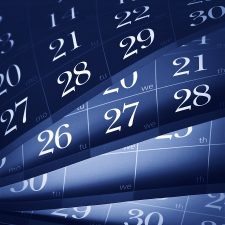
The Moon needs 27.33 days to circle around the Earth. Something that is also referred to as “sidereal time”. But because the Earth orbits the Sun, just like the Moon orbits the Earth, the Moon has to travel two further days in order to resume the same position to the Earth and Sun. This is then called the “sidereal time”. In order to determine the point of time of the reoccurring full moon, the sidereal time serves as basis.

We already know now that the moon month is mostly shorter than the calendar month, being on average approximately 29.5 days. If full moon falls on the first or second of a month, it is possible that another full moon occurs in the same month, for instance in July 2004:
Friday, 2 July 2004, 01:08:54 pm
Saturday, 31 July 2004, 08:05:06 pm
This event is also known as “blue moon”.

The answer is: “everywhere at the same time”. This refers to the so called Universal Time (UT) though, which is used for general astronomical events. We have already learnt that full moon is an astronomical event, where the moon, sun and the earth play a role by being in a specific position. So, full moon takes place at a specific time in the outer space. This point of time is specified by astronomers namely by the Universal Time.

There are multiple ways of approaching this question. If we look at it from a purely theoretical standpoint, we might be tempted to say that the full moon is infinitely short, since the phases of the moon are changing continuously. The moon is not yet quite full shortly before the full moon, and is already waning shortly afterwards.
However, there is a practical aspect that lets us quantify the full moon as a finite and measurable span of time: Since the Sun is significantly bigger than the Moon, its rays are able to reach just a little over half of the Moon’s surface. This means that the timespan in which the visible side of the Moon’s surface is irradiated (as seen from Earth) is longer than infinitely short.

Whether scientists, astrologers or esoterics, they agree on one thing: the moon influences earth and life on earth. For instance, it regulates the tides through its magnetism. Also continents feel the consequence of this magnetism and either raise or lower their position sometimes up to 26 cm.

In nature it is a known fact: for some animal species, mating takes place at full moon. However, the examples that can be found on this subject are rather simple. Full moon serves in some cases indirectly as the cause (for instance through the high water levels during the tides that the horseshoe crab uses to deposit its eggs) or also as the signal for both sexes of a species to begin at the exact same time to safeguard their future existence (a particular type of fly or also corals). It is understood that also wolves are led by full moon when it is time to mate.

… that people are looking for an argument at full moon or are especially happy …
… that if full moon is surrounded by a haze, a person dies …
… that you raise your hat three times to the moon (being a man) or you make a curtsey (being a woman), in order to protect yourself from misfortune until the next full moon …
… that whoever does not chink glasses with full moon at least once, does not deserve any happiness [Greek toast] …
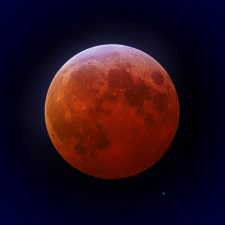
During a lunar eclipse, the Moon moves through the shadow of the Earth. Which means, that the Earth is positioned quite exactly between the Sun and Moon and casts its shadow onto the Moon. This is only possible at full moon and if some other requirements are met. Depending on whether the moon passes the partial or the core shadow of the Earth, we speak of a partial or total lunar eclipse.

Like all natives of a country, the Native Americans, as inhabitants of the American continent, have a connection to the moon events and the full moon, too. It appears in mythology as much as in the relevant lifestyles. Instead of the term »Native American Indian« the term »indigenous peoples of the Americas« is generally used nowadays. It is strived for to be politically correct.

The full moon has always been a companion through time, through months, through seasons and the entire year. In the early days even more so, because daily life of people had not been strictly ruled by the clock yet. It was the sun that determined the day and the moon that brightened the night. Nowadays, clock and calendar are our time scales, which is advantageous but also contains a dark side. You unlearn more and more to estimate time periods and to experience them consciously. We have almost forgotten to perceive how different a full moon feels like in December compared to a full moon in July …
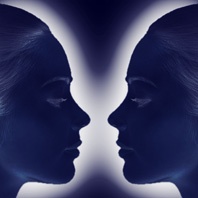
There is a wide spectrum of views and opinions about how the moon may influence human life and it is in the very nature of things, that these opinions lead to discussions. During the course of the years, we got acquainted with many different viewpoints and are trying to give room to these diversities on these pages.
Let’s imagine two people for example, a sceptic, who analyses sensibly and critically, and a mystic who allows his actions to be guided by faith and dedication. Let’s have both people answer the question, whether principally, full moon has an effect on human beings.
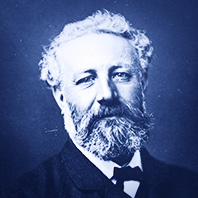
It is fascinating how the French writer Jules Verne (1828–1905) envisaged the journey to the Moon 100 years in advance in his science fiction novels and was able to put it into words. Admittedly, he was quite taken with describing journeys to unimaginable places: from the deep sea (“20,000 Leagues Under the Sea”), via the circumnavigation of the Earth (“Around the World in 80 Days”) through to the interior of the Earth (“Journey to the Center of the Earth”). Of course, space had to be part of this and this is how Jules Verne firstly wrote the novel “From the Earth to the Moon” (»De la Terre à la Lune«, 1865) and then later the sequel “Around the Moon” (»Autour de la Lune«, 1870).
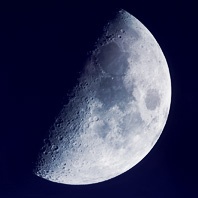
No, this is not about another sequel of the science fiction movie or whether Arnold Schwarzengger is planning a trip to the moon … It is more about an astronomical term, where »terminator« describes the day-night border of a celestial body. This is the visible border between the illuminated side and the dark side of the object, being the border between day and night on the celestial body. The word »terminator« derives from Latin »terminare« = conclude, restrict.

Who does not know the »moon boots« – these bulky snow boots, which appeared in the 70’s and 80’s and have taken their claim ever since in the winterly fashion scene. The Italian Giancarlo Zanatta designed the shoes, inspired by the moon landing in 1969. Astronauts Neil Armstrong and Buzz Aldrin wore overshoes with wide soles, which provided the formal inspiration for moon boots. Zanatta took immediate care of the production of the shoes with his company called Tecnica, which is run by his son Alberto Zanatta today, and still sells up to 700,000 pair per year.
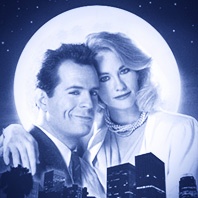
It’s been a few years ago, since we watched the TV series »Moonlighting« and could accompany Bruce Willis in the role of detective David Addison and Cybill Shepherd as the former top model Maddie Hayes, on a weekly chase of hoodlums. This was 1985, Bruce Willis’s start of his career, who had been chosen out of 1,000 applicants, and had already then an incomparably smug smile (and significantly more hair). The success of this series lies, next to the quick-witted dialogues, of course in the latent erotic relationship of the leading roles, who ingeniously never quite get it together.

Matching to the moon festival, which has just been celebrated in Asia, we are looking to the Far East and are going far back in time to the year 700 A.D. Back then, the Tang Dynasty ruled China, a powerful dynasty that remained in power for almost 300 years. And there were two poets whose names are still well-known today, Li Bai (701–762) and Du Fu (712–770; see fictitious portrait opposite). Both created magnificent works. Li Bai was already a little older and hence a few years ahead, Du Fu had apparently surpassed his idol – this is what is being said amongst scholars.

The American astronaut David Scott (* 1932) conducted an interesting experiment on the Moon, toward the end of the Apollo 15 mission in July/August 1971. In front of a running camera, he dropped a hammer (2.9 lb) and a falcon’s feather (0.06 lb), just to prove Galileo Galileis’ (1564–1641) thesis that objects fall to the ground with the same speed, regardless of their mass, provided the air resistance does not slow them down, as it is the case on Earth. On our planet, this experiment could only be demonstrated in a vacuum.
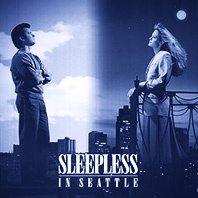
Who doesn’t know this movie, a classic amongst romantic comedies? Shot in 1993, with Tom Hanks as the architect Sam Baldwin and Meg Ryan as the journalist Annie Reed, who do not know each other but are still able to find one another thanks to Sam’s son Jonah, who recognizes that Sam and Annie belong together and for that, he leaves no stone unturned.
On the movie poster, you can see the full moon, just above Meg Ryan and we watched this movie for the 137th time to find out whether the full moon is also visible during the movie – wrong! Neither in the scene where Sam talks to the psychologist on the radio for the first time, while Annie listens in the car, nor in the closing scene in New York, and on the Empire State Building we can see the moonlight shining, although this would have certainly been a gain. Also with reference to the title and the addressed topic of sleeplessness, this would have been an obvious approach.